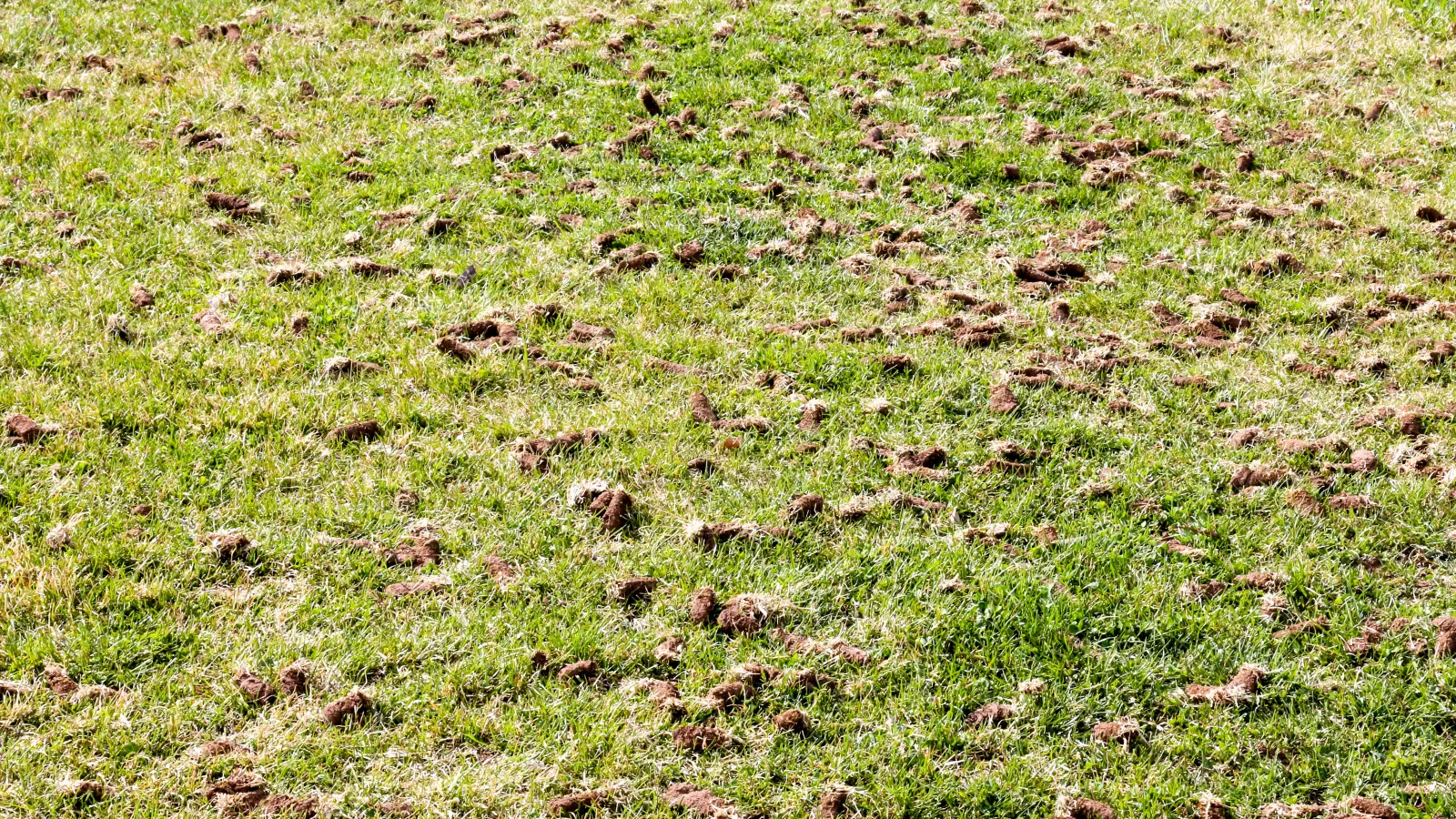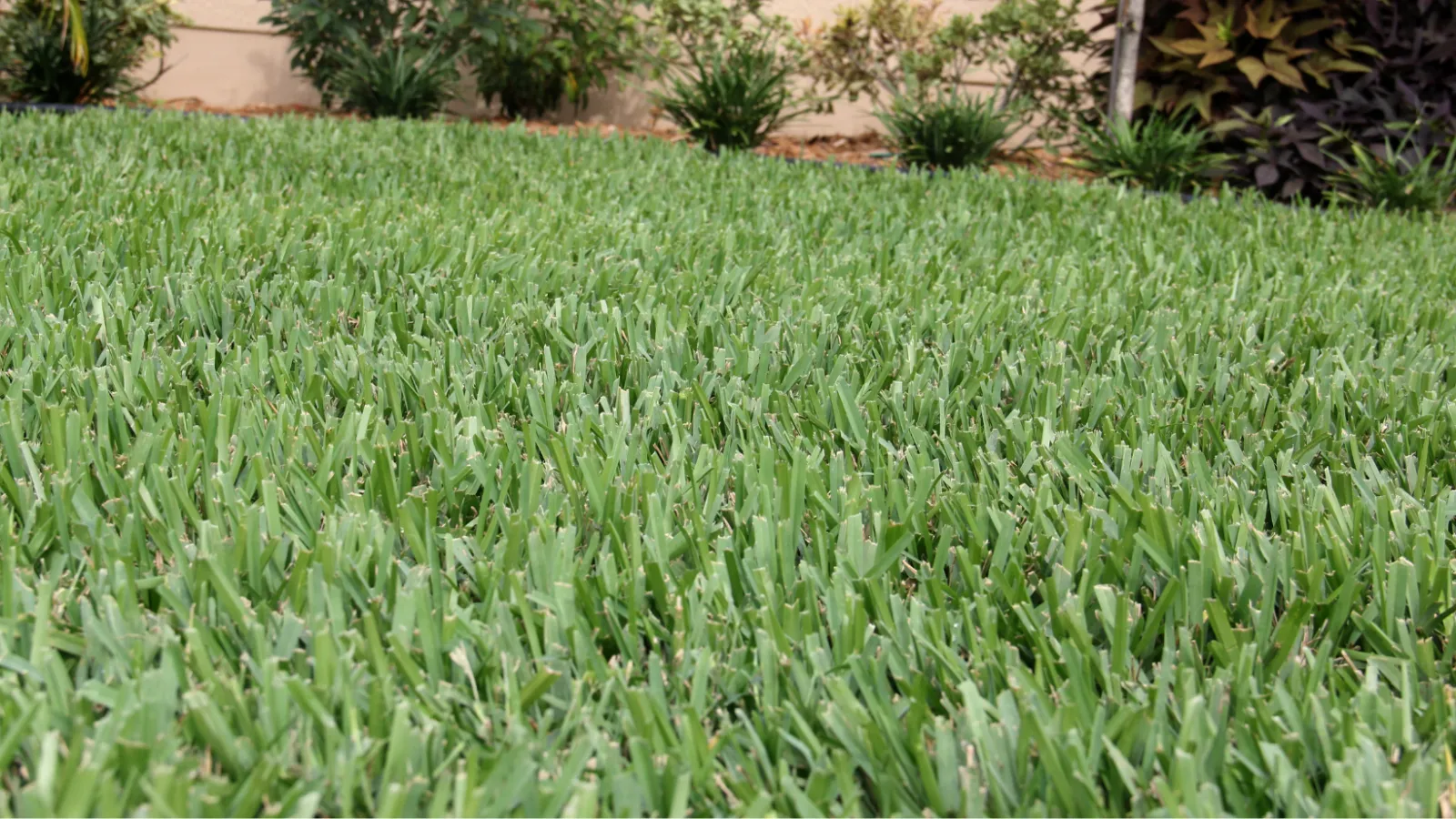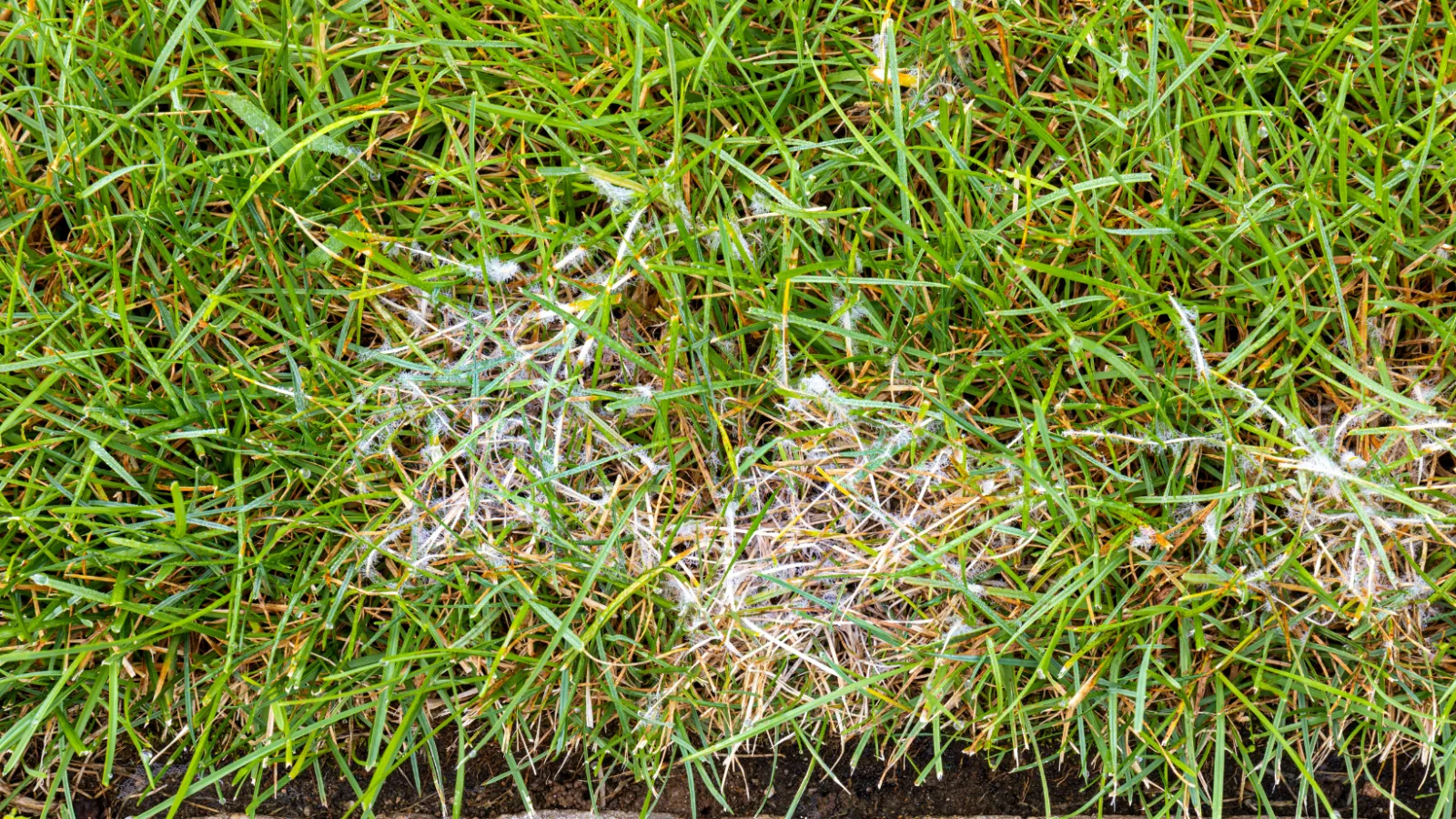Aeration Methods- There Is A Difference
Grass roots need air, water and nutrients to grow thick, deep and strong. When soil becomes compacted, even slightly, it inhibits the flow of these essentials and your grass can struggle in stressful conditions like heat and low rainfall.
Simple activities such as walking, playing and mowing can compact soil and stress your lawn. Rain and irrigation further compact the soil. Compaction is more of an issue for heavy clay soils—you Georgians know all about clay soil.
Most lawns benefit from annual aeration, and your warm-season grass—Bermuda, Zoysia—is no different. Core aeration reduces soil compaction, reduces thatch build up and allows the grass roots to grow deep and better absorb the essentials needed for life. It is best to aerate your zoysiagrass and Bermudagrass in spring or summer after the spring green up and when your grass is actively growing.
Aeration Methods
There are different ways to aerate: spiking and coring.
- Spiking uses solid tines to create holes in the soil.
- Core aeration uses hollow tines to remove plugs of soil and deposit them on the surface of the lawn.
Spiking cuts the underground roots of the lawn (rhizomes) and helps the grass spread better. It also creates holes in the turf to help nutrients reach the soil, but it doesn’t remove any soil which can actually cause soil compaction. Spiking is less effective that core aeration.
Core aeration not only cuts the rhizomes, but also removes soil from the lawn. This reduces compaction, allows nutrients to better reach the roots and allows space for new grass growth. It also combines soil with thatch debris so soil organisms are better able to break down the thatch and reduce its accumulation.

We core aerate our lawns and do a “double pass aeration.” This allows for more holes in the lawn and ensures complete coverage. Having a well-watered lawn allows us to pull a deeper plug.
After Aeration
After aeration, your lawn will be covered with small plugs pulled from the soil. They will naturally break down and disappear into the lawn. Within just a couple weeks, you will see actively growing roots in the holes. Your lawn should be able to go longer between waterings without showing signs of wilt. Aeration can even solve small thatch problems and reduce runoff. Over time and with more aerations, your lawn will develop a better tolerance to heat and drought.
Though aeration is not a miracle worker, core aerated lawns will be healthier, more vigorous, easier to maintain and have fewer pest, disease and weed issues.
For a free lawn evaluation or more information about our core aeration service, contact us.




